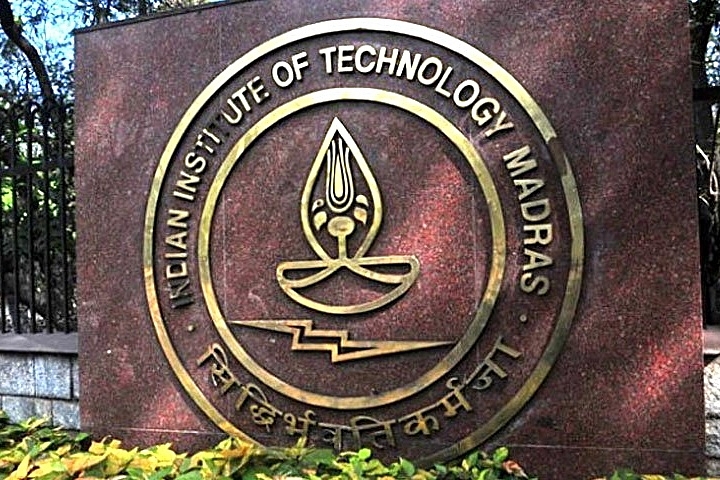Insta
IIT Madras Researchers Develop Processor-Cum-SoC 'MOUSHIK' For IOT Devices

IIT Madras.
The Indian Institute of Technology (IIT) Madras on Thursday (24 September) said its researchers have successfully developed 'MOUSHIK', an indigenously-made microprocessor for the Internet of things (IoT) devices.
According to the institute, 'MOUSHIK' is a processor cum 'system on chip' that can cater to the rapidly-growing IoT devices, an integral part of smart cities of a digital India.
It was conceptualised, designed and developed at the Pratap Subrahmanyam Centre for Digital Intelligence and Secure Hardware Architecture (PS-CDISHA) of the RISE Group, Department of Computer Science and Engineering, IIT Madras.
“There are three steps involved in the making of a microprocessor, namely design, fabrication and post-silicon boot-up,” Kamakoti Veezhinathan, Reconfigurable Intelligent Systems Engineering (RISE) Group, IIT Madras, said in a statement.
“All three processes for ‘MOUSHIK’ were undertaken in India, demonstrating an 'Atmanirbhar’ ecosystem in digital design productisation,” Veezhinathan added.
According to the researchers, the design of the microprocessor, motherboard printed circuit board design, assembly and post-silicon boot-up were done at the campus.
The field applications of ‘MOUSHIK’ include smart cards including credit cards, ID cards, debit cards, travel cards for metros and driving licenses, electronic voting machines (EVMs) and office management systems including attendance, surveillance cameras and safe locks.
It also includes personalised health management systems, consumer electronics including but not restricted to washing machines and water pump monitoring systems.
The project was funded by the Ministry of Electronics and Information Technology.
(This story has been published from a wire agency feed without modifications to the text. Only the headline has been changed.)
Introducing ElectionsHQ + 50 Ground Reports Project
The 2024 elections might seem easy to guess, but there are some important questions that shouldn't be missed.
Do freebies still sway voters? Do people prioritise infrastructure when voting? How will Punjab vote?
The answers to these questions provide great insights into where we, as a country, are headed in the years to come.
Swarajya is starting a project with an aim to do 50 solid ground stories and a smart commentary service on WhatsApp, a one-of-a-kind. We'd love your support during this election season.
Click below to contribute.
Latest